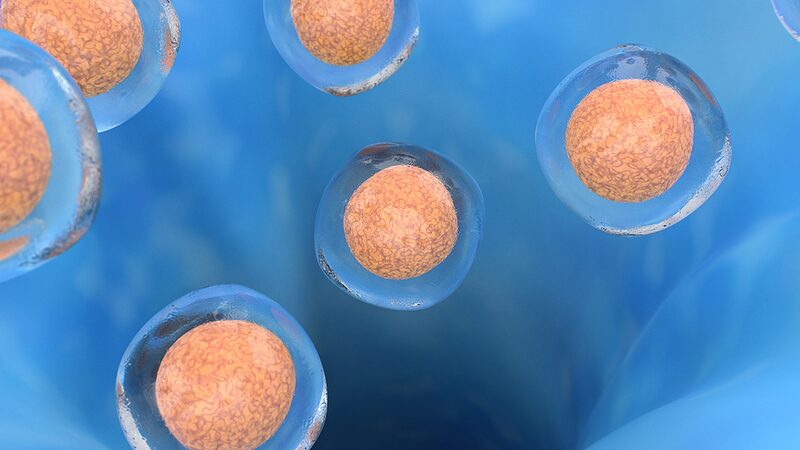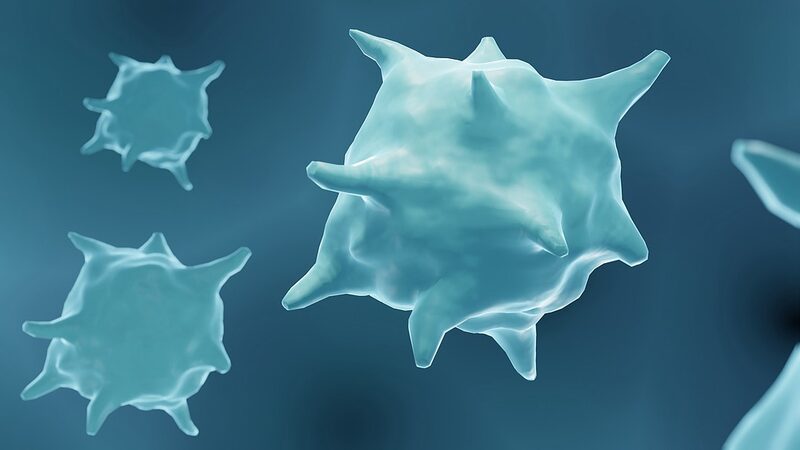Scientists have unveiled the first blueprint of human skeletal development, marking a significant milestone toward completing a comprehensive biological atlas of every cell type in the human body. This ambitious project, known as the Human Cell Atlas, aims to deepen our understanding of human health and revolutionize the diagnosis and treatment of diseases.
Launched in 2016, the Human Cell Atlas project brings together researchers from around the globe to map the approximately 37 trillion cells that make up the human body. Each cell type has a unique function, and understanding these functions is crucial for advancing medical research and therapies.
“The work is important on two levels,” said Aviv Regev, founding co-chair of the project and executive vice president of research and early development at Genentech. “First of all, it’s our basic human curiosity. We want to know what we’re made of. Humans have always wanted to know what they’re made of. Biologists have been mapping cells since the 1600s for that reason.”
“The second and very pragmatic reason is that this is essential for us to understand and treat disease. Cells are the basic unit of life, and when things go wrong, they go wrong with our cells, first and foremost,” Regev added.
By mapping skeletal development during the first trimester of pregnancy, researchers have described all the cells, gene networks, and interactions involved in bone growth during the early stages of human development. This detailed understanding could lead to new diagnostic and therapeutic targets for congenital conditions.
The team demonstrated how cartilage acts as a scaffold for bone development across the skeleton, except for the top of the skull. They mapped the cells critical for skull formation and examined how genetic mutations may cause soft spots in a newborn’s skull to fuse too early, potentially restricting brain growth.
In addition to the skeletal blueprint, researchers presented an atlas of the gastrointestinal tract, spanning from the mouth to the colon. They identified a gut cell type that may be involved in inflammation, offering insights into conditions such as Crohn’s disease and ulcerative colitis.
An atlas of the developing human thymus was also offered, shedding light on how this organ trains immune cells to protect against infections and cancer.
“While the primary focus has been on mapping the cells of the healthy human body, the project has already contributed valuable insights into diseases such as cancer, COVID-19, cystic fibrosis, and diseases affecting the heart, lung, and gut,” said Alexandra-Chloe Villani of Massachusetts General Hospital and the Broad Institute of MIT and Harvard.
The research employs new data and analytical tools, including artificial intelligence and machine learning. “The Human Cell Atlas data allows researchers to train foundation models, like a ‘ChatGPT for cells,’ which help us annotate new cells or search for a new cell within the tens of millions of profiles,” said Sarah Teichmann of the Cambridge Stem Cell Institute, the project’s founding co-chair.
“These help us make unexpected connections, for example between cells seen in fibrotic lung diseases and in tumors in the pancreas,” Teichmann added.
Understanding human anatomical complexity at the cellular level has been a long-standing challenge. “Fundamentally, these studies tell us how tissues, organs, and humans are built,” said Muzlifah Haniffa of the Wellcome Sanger Institute and Newcastle University.
“Understanding human development is critical to understand developmental disorders, childhood disorders that have a prenatal onset, as well as diseases that affect adults, as developmental pathways can re-emerge in later life disease. Practical applications include new diagnostic, clinical management, and therapeutic strategies for the clinic,” Haniffa explained.
The findings were published in Nature and affiliated Nature Portfolio journals.
Reference(s):
Scientists announce progress toward ambitious atlas of human cells
cgtn.com








